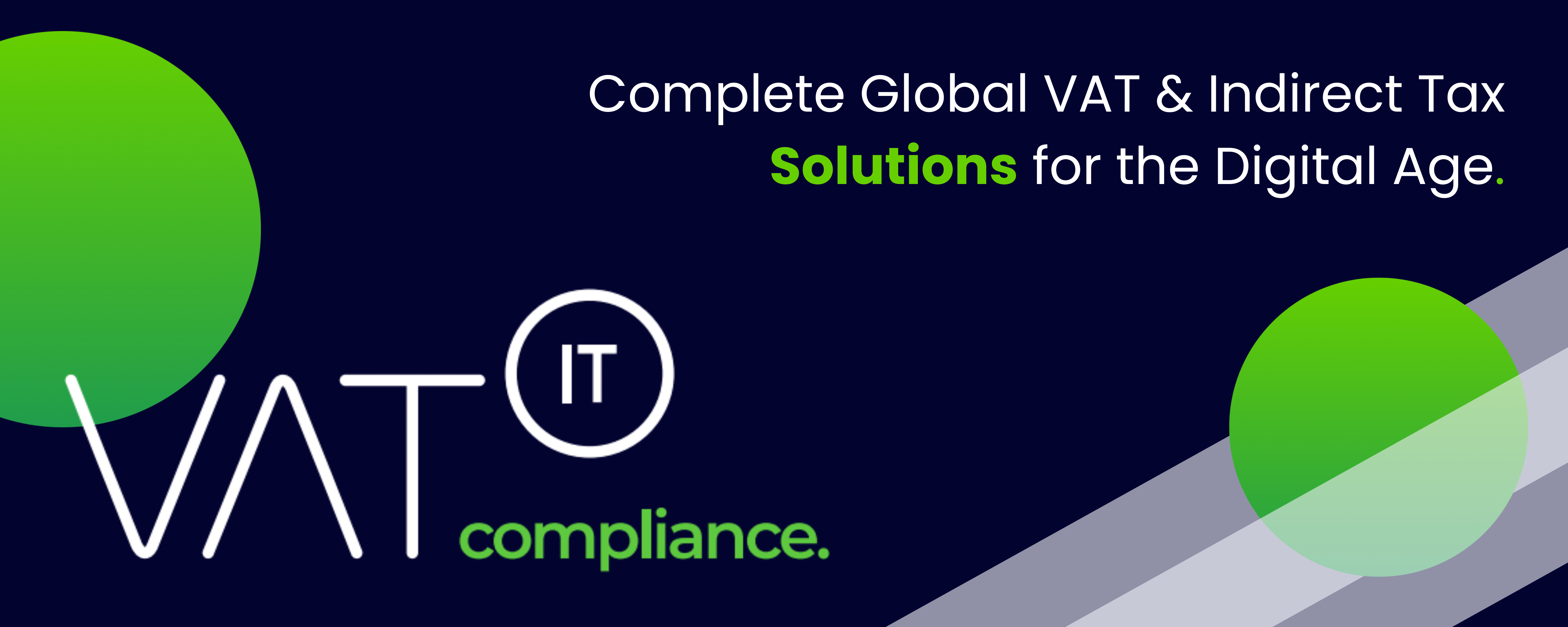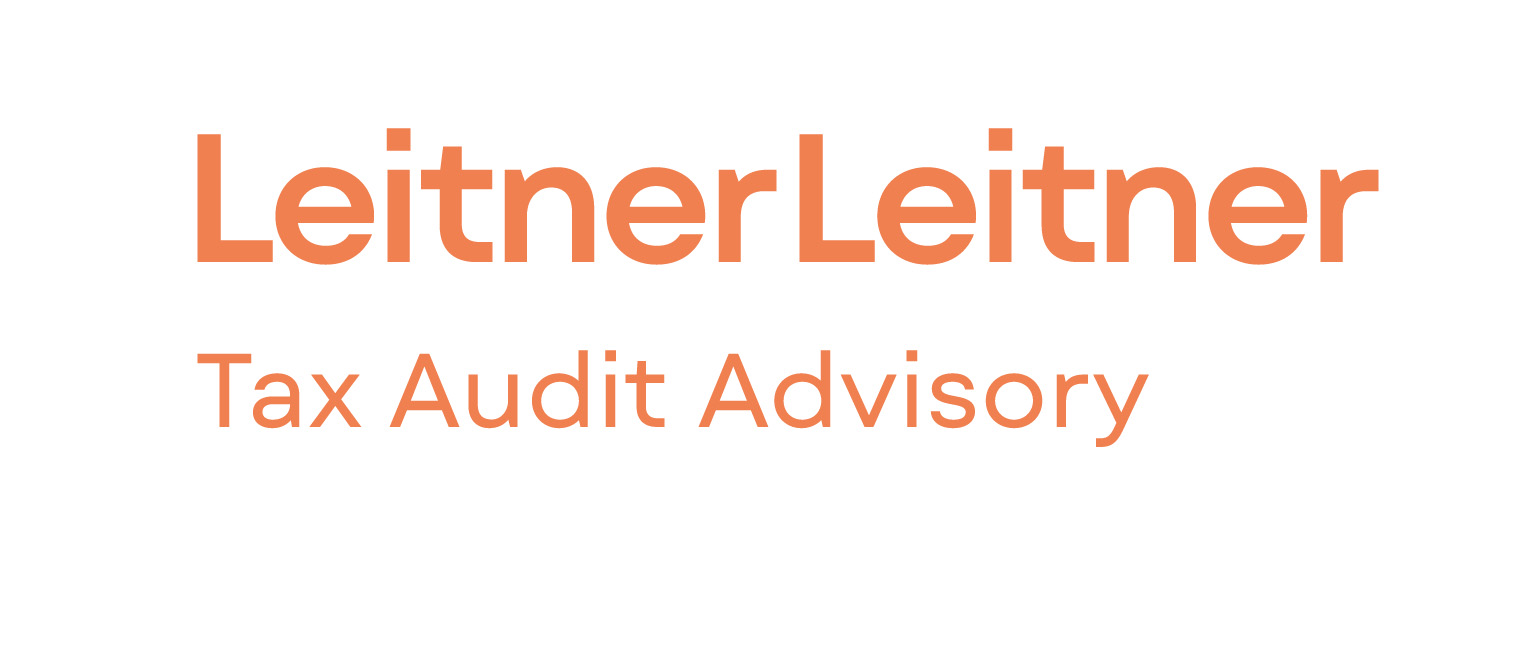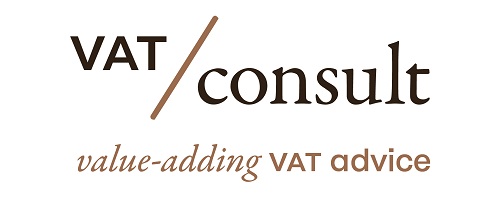- Understanding VAT: Value-Added Tax (VAT) is a consumption tax applied at each stage of production and distribution in Europe, differing from the U.S. sales tax, which is only charged at the final point of sale. VAT is prevalent across the EU and globally, with 175 countries implementing some form of it.
- How VAT Works: VAT is collected incrementally, with businesses able to reclaim the tax paid on their inputs, ensuring that the tax burden ultimately falls on the end consumer. VAT rates vary by EU country, typically set above a minimum of 15%, and can include reduced rates for certain goods and services.
- Implications for U.S. Consumers and Businesses: American travelers pay VAT included in listed prices in Europe but can reclaim it on certain purchases when leaving the EU. For U.S. businesses, expanding into Europe requires VAT registration, compliance with local regulations, and strategic pricing adjustments to reflect VAT-inclusive costs.
Source eaccny.com
Latest Posts in "European Union"
- CJEU Ruling: VAT Treatment of Transfer Pricing Adjustments Between EU Member State Companies
- CJEU Rules Intra-Group Payments Under Transactional Net Margin Method Subject to VAT
- European Commission launches three new CBAM Calls for Evidence
- Comments on ECJ C-726/23 (Arcomet) – VAT Applies to Transfer Pricing Adjustments, Clarifying Deduction Requirements
- EU Sugar Taxes: Diverse Approaches to Reducing Sugary Drink Consumption Across Member States














